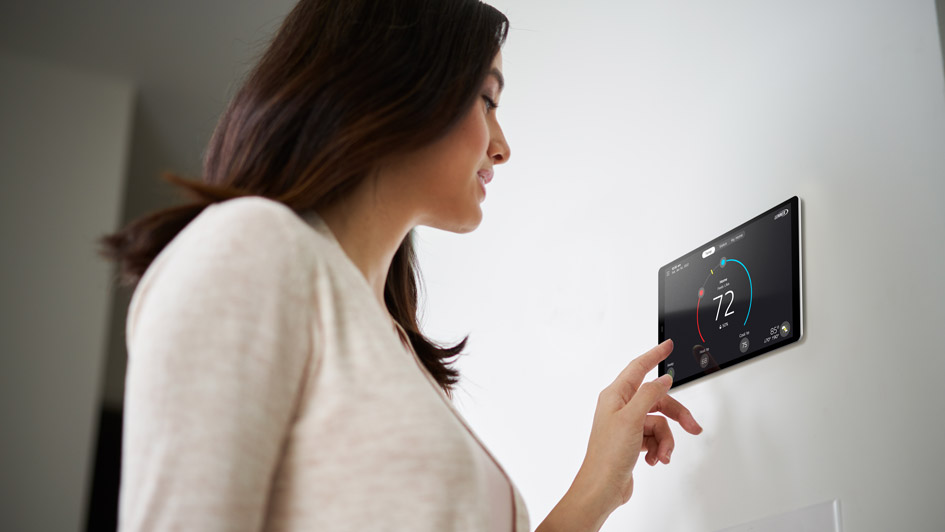
As the weather is cooling off, you are probably wondering about how you’ll prepare your heating and cooling. After all, HVAC expenses can contribute a large chunk of your monthly electric bill. To learn new ways to save, some owners take a closer look at their thermostat. Maybe there’s a setting they can use to improve efficiency?
The majority of thermostats come with a ‘Fan’ or ‘Fan On’ setting. But if the fan is going during a regular cycle, what will the fan setting provide for your HVAC system? This guide can help. We’ll review just what the fan setting is and whether you can use it to reduce costs over the summer or winter.
Should I Use My Thermostat's Fan Setting?
For the bulk of thermostats, the fan setting signifies that the HVAC blower fan keeps running. Some furnaces will generate heat at a low level with this setting, but in most cases heating or cooling isn’t being produced. The ‘Auto’ setting, in contrast, will turn on the fan over a heating or cooling cycle and shut it off when the cycle is finished.
There are benefits and drawbacks to switching on the fan setting on your thermostat, and whether you do or don’t {will|can|should]] depend on your distinct comfort preferences.
Advantages to trying the Fan/On setting:
- You can keep the temperature in each room more balanced by enabling the fan to keep generating airflow.
- Indoor air quality can increase since continuous airflow will keep forcing airborne particles into the air filter.
- A smaller amount of start-stop cycles for the blower fan helps expand its life span. Since the air handler is typically connected to the furnace, this means you could minimize the risk of needing furnace repair.
Drawbacks to using the Fan/On setting:
- A continuous fan can add to your energy bills somewhat.
- Nonstop airflow could clog your air filter in a shorter amount of time, increasing the frequency you will want to replace it.
{Choosing Between|Should My Thermostat Be on|Which Setting for My Thermostat? Fan or Auto in Summer/Winter
In the summer, warm air will sometimes linger in unfinished spaces like the attic or an attached garage. If you keep the fan running, your HVAC system may draw this warm air into the rest of your home, forcing the HVAC system to work harder to keep up with the preferred temperature. In severe heat, this can lead to needing AC repair more quickly as wear and tear grows.
The reverse can take place in the winter. Cooler spaces such as a basement will hold onto cooler air, which may eventually make its way into the rest of your home. Leaving the fan running will sometimes pull more cold air upward, increasing the amount of heating you need to remain warm.
If you’re still trying to determine if you should try the fan/on setting, keep in mind that every home and family’s comfort needs are different. Leaving the HVAC system’s fan on could be best for you if:
Someone in your household deals with allergies. Allergies and similar respiratory conditions can be tough on the family. Leaving the fan on should help to enhance indoor air quality, helping your family breathe easier.
Your home experiences hot and cold spots. Many homes wrestle with stubborn hot and cold spots that quickly shift to a temperature different from the rest of the house. The fan setting can help limit these changes by steadily refreshing each room’s supply of air.
